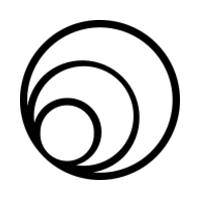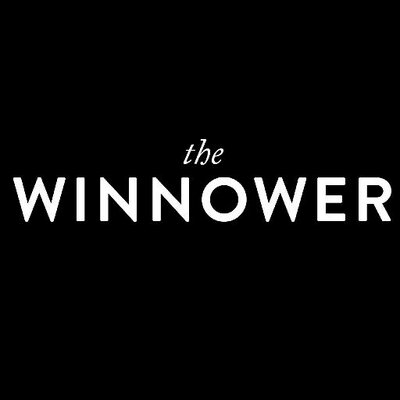Book Title,Alternate Name,URL
Chemical Terminology,Gold Book,"http://goldbook.iupac.org/"
Quantities Units and Symbols in Physical Chemistry,Green Book,"http://www.iupac.org/fileadmin/user_upload/publications/e-resources/ONLINE-IUPAC-GB3-2ndPrinting-Online-Sep2012.pdf"
Nomenclature of Organic Chemistry,Blue Book,"http://www.acdlabs.com/iupac/nomenclature/"
Analytical Terminology,Orange Book,"http://iupac.org/publications/analytical_compendium/"
Biochemical Nomenclature,White Book,"http://www.chem.qmul.ac.uk/iupac/bibliog/white.html"
Nomenclature of Inorganic Chemistry,Red Book,"http://media.iupac.org/publications/books/rbook/Red_Book_2005.pdf"
See below for some databases. For the rest, go to http://www.iupac.org/home/publications/
The aim of this site is to ensure the dissemination of accurate information on the chemistry of agrochemicals and the regulations pertaining to their use in one web site and in an easy to use format. The site also gives access to the FOOTPRINT PPDB (Pesticide Properties Database).
A package of programs for the quantitative treatment of activity coefficients and a wide range of equilibria in solutions of varying backgrounds, ionic strengths and temperatures. Includes software for speciation calculations and titration simulations.
This database contains the current C-NPU coded properties; it is searchable by C-NPU code (e.g. NPU01234) or by the elements of which the properties consist (e.g. blood).
This website provides kinetic and photochemical evaluated data in the form of summary tables of kinetic data and individual sheets of reaction data, e.g. for some heterogeneous reactions, a number of halogen, Ox, HOx, NOx and SOx photolysis reactions, and a number of gas-phase Ox, HOx, NOx, SOx and organic reactions.
This database contains data essential for calculation of analytical results from neutron-activation analysis (NAA). The method used is a comparator method called the k0 method. The database includes recommended values for k0 and other relevant nuclear data.
The database covers solubilities originally published in theIUPAC-NIST Solubility Data Series. Mutual solubilities and liquid-liquid equilibria of binary, ternary and quaternary systems are presented. Typical solvents and solutes include water, sea water, heavy water, inorganic compounds, and a variety of organic compounds such as hydrocarbons, halogenated hydrocarbons, alcohols, acids, esters and nitrogen compounds.
This database gives very fast access to all significant published metal-ligand stability constants with over 22000 literature references and with interactive applications to display speciation curves, to correct for temperature or ionic strength changes etc.
Educational resources
The online newsletter of the Committee on Chemistry Education presents reports, facts and figures, as well as opinions and essays.
This collection of presentations provides educators with materials for teaching and learning the fundamentals of toxicology. Educators should select those materials appropriate for their own local requirements and supplement them with examples relevant to their students.
This extensive series of educational illustrations gives science and chemistry teachers a practical working tool to present diagrams and situations which are complicated to draw. Other more entertaining drawings can also be used to present a particular fact or concept, in the hope that visual imagery will permit the concepts to be more easily understood.
Practical work is an integral part of science education. A joint UNESCO/IUPAC project aims to introduce teachers to the advantage of performing chemistry experiments on a small scale. Teachers' Guide & Students Worksheets are made available via the UNESCO Global Microscience Project.
Periodic Table of the Elements
Link to the IUPAC table in a printable (letter size) format, and snap-shot of the time of discovery.
- the IUPAC table in a printable (letter size) format; for a brief review, seeChem. Int. 2004, Jan , p.
- including link to atomic weight table, compiled by Dr. GP Moss
This collection of 41 laboratory exercises is representative of the field of Medicinal Chemistry. The exercises are easy to reproduce and in many cases interdisciplinary. Some of them consider natural products as the work material.
















No comments:
Post a Comment